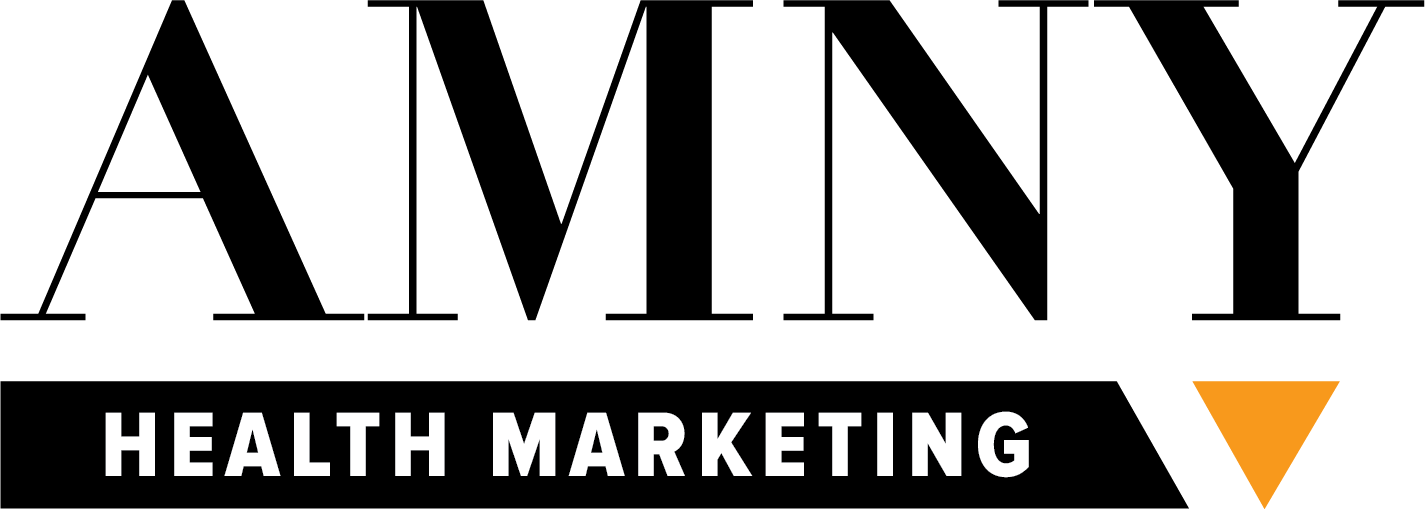
Leveraging Facility Size To Attract New Recruits
Showcasing Job Benefits at Big Hospital Systems vs. Small Facilities
When people begin a career in the healthcare sector, they often deliberate whether they will seek employment at a small practice or a large, complex hospital system. To make the most of recruitment efforts, these facilities should highlight the advantages of working with them to attract the right candidate. To help your organization draw in top talent, Advance Media New York discusses the different benefits of small, independent clinics and large health systems.
Large Hospital Systems
A hospital system comprises a group of healthcare facilities that collaborate to provide services to patients in the community. They may be public, private, or non-profit organizations and often have more departments than small practices.
Advantages of Large Hospital Systems
In general, healthcare providers working in health systems earn more money than those at independent facilities. Higher salaries at large hospitals are due in part to longer, more stable hours and opportunities for overtime. They also stem from streamlined processes, which reduce operating expenses.
Job security is typically better in large, allied hospital systems as well. When costs increase, independent practices may have to let some employees go to stay afloat. If the same situation arises in a large health system, the provider may be able to find a similar position at another facility within the network. Additionally, some big hospitals have brand name value, making them stand out on a resume.
Given their large size, hospital systems tend to designate specific personnel for administrative tasks. In other words, providers spend more time working with patients and delivering specialized services. With more emphasis on providing care, these physicians and doctors experience greater professional development on the job.
Drawbacks of Large Hospital Systems
The large size of these health systems also creates some complications for employees. For instance, big hospitals may favor executive opinion over doctors’ and nurses’ desires, making it challenging to amend burdensome policies and regulations. Physicians may receive more exhausting schedules at these organizations, as well – working longer and sometimes more irregular shifts than their counterparts at independent practices.
Given these disadvantages, your healthcare marketing team can remedy concerns by expressing dedication to supporting their employees. They can discuss programs that ensure healthcare workers’ voices are heard and have a stake in key decision-making.
Small Practices
Although most patients choose large health systems for care, small facilities are still essential to healthcare. According to American Medical Association, most physicians work in practices with no more than 10 doctors. This trend suggests there are significant benefits to working in a modest-sized facility.
Advantages of Small Practices
A smaller work environment gives people more authority over their jobs, which leads to greater satisfaction for employees. Generally, physicians have more influence over how the practice performs patient care and their weekly schedule.
On a deeper level, small facilities enable providers to develop longer-lasting relationships with patients and their colleagues. Fewer staff members mean people can spend ample time getting to know each other, making the workplace feel more inviting. A manageable provider-to-patient ratio allows doctors and nurses to learn more about each person they serve, potentially delivering more effective care.
In a similar vein, small, independent practices are often the go-to choice for physicians who want to impact their communities. These facilities put healthcare professionals in close contact with their local population, which can help them create stronger patient bases and participate in advocacy programs.
Drawbacks of Small Practices
Since small facilities have fewer employees, administrative responsibilities may fall into the hands of physicians and nurses. Some healthcare workers may find tasks like managing patient records and ordering supplies boring and become dissatisfied in their roles. Furthermore, the pay at independent practices is usually lower than at large hospital systems. That said, a provider may have more opportunities to negotiate wages at a small facility.
Attracting recruits to a small, independent practice may include giving a positive spin to some setbacks. For example, you can state how candidates who apply for their open position will gain various clinical and administrative skills that will enhance their professional development. If the starting salary is low, play up how building lasting relationships with patients can augment an employee’s sense of personal fulfillment and career success.
Find Assistance from Advance Media New York
Whether you manage marketing for a big hospital system or a small practice, Advance Media New York has solutions to help you reach the most qualified and best-suited candidate for your organization. Our team will craft an engaging story of your business and highlight what makes your facility unique, from pay and benefits to culture. Additionally, we will boost the visibility of your openings to draw in potential recruits. Contact us today to learn more about our recruitment strategies and other marketing services.
